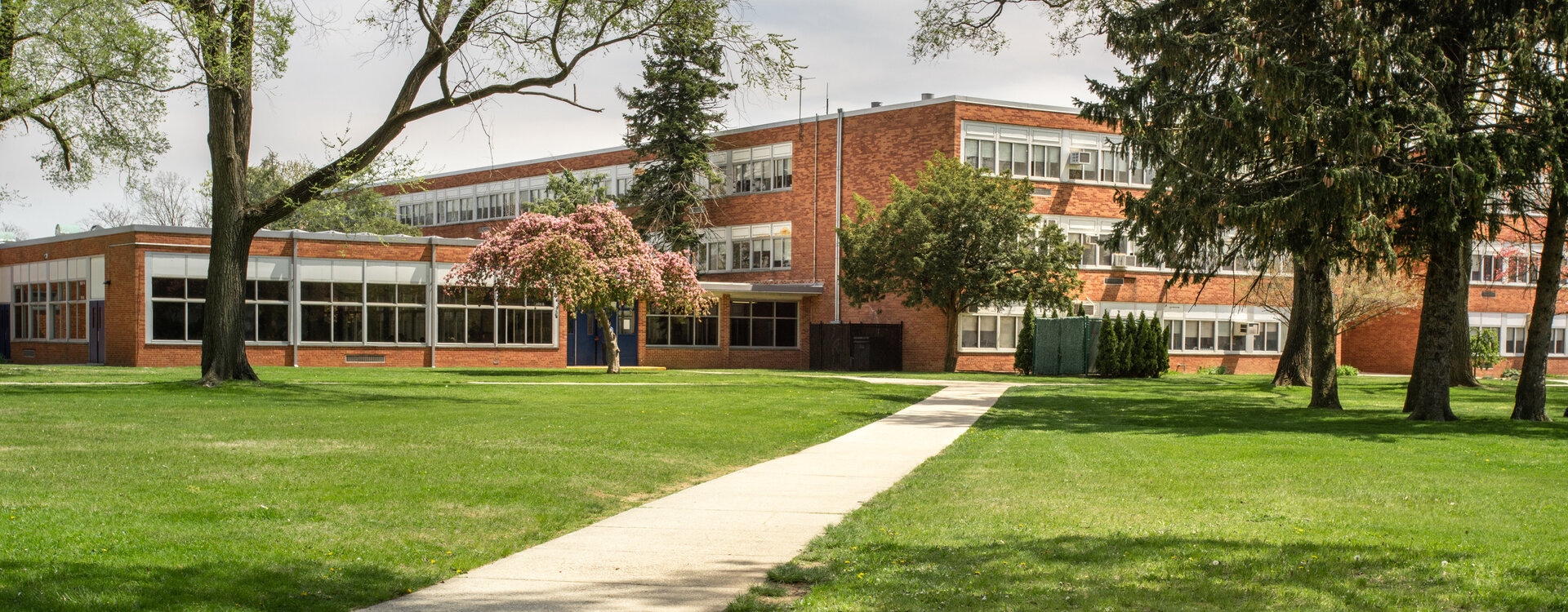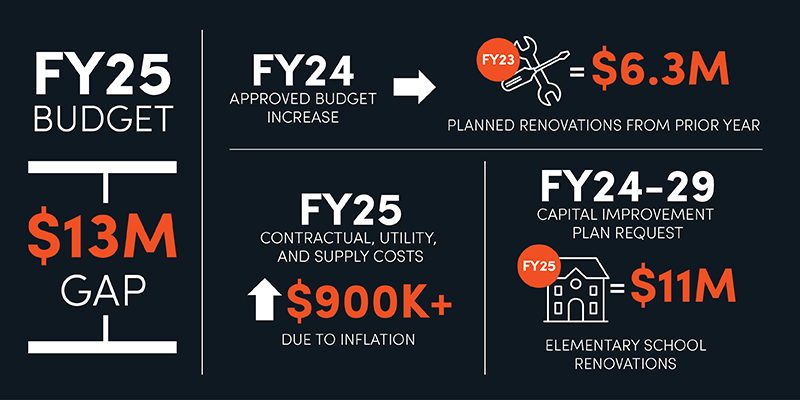
School districts are continually facing budget deficits and are challenged with having to make changes that can affect students' overall well-being to counteract rising costs.
Each Spring, Virginia schools and local governments finalize their budgets for the upcoming fiscal year. The goal is to have the school board approved budget in line or close to what the local government can approve for appropriation. Often, especially when funding can't keep up with projected expenditures, governments are looking to either increase taxes or make cuts. School divisions across the Commonwealth are similarly starting to plan for the painful realities of balancing the budget. Cuts to personnel, decreases in mental health services, and the removal of critical educational resources are all on the table for many districts as they attempt to eliminate the gap. Some divisions are even considering or planning to close schools due to their inability to keep up with expenses.
How can divisions act without relying on the costly and inefficient piecemeal appropriation process?
The problems that many Virginia school districts are facing are unfortunately common. When several priorities cannot be addressed, they are "kicked down the road" to another year, creating a vicious cycle of unmet needs. These widespread budgetary challenges that lead to cuts have damaging consequences on students and staff, affecting students' ability to receive the best education possible and recover from COVID-created setbacks. Subsequently, when educator resources are eliminated, it creates a harmful ripple effect that disturbs not only their own families, but the local economy.
By identifying the potential causes of these dilemmas, stakeholders can understand and strategically develop solutions to address the root causes. This provides school board and administrative leadership the opportunity to be innovative about how to fund priorities.
Potential causes of budget challenges
From the difficult-to-navigate state funding process to a growing demand on resources, school systems are experiencing widespread student-capacity constraints and inflationary economic pressure in nearly every category. Therefore, we must ask ourselves an honest question: will the cost of operations and services ever return to pre-pandemic levels?
When evaluating the realities of that question, there are also various focal points of interest that divisions must factor in:
- Insurance and retirement premiums
- Recruitment and retention
- Competitive pay
- Materials and labor
- Operational expenses tied to utilities, service contracts, operations, and maintenance
How do districts counteract rising operating expenses and capital expenditures to create long-term stability?
Tackling the budget — and priority projects
By focusing on capital expenditures to offset future budget deficits, and for many, deferred maintenance, divisions can leverage their existing budget to fund projects without upfront capital. Let's focus on a school division evaluating their entire portfolio in the context of building system infrastructure — largely every asset that demands or consumes energy. There's a sizable chunk of the budget dedicated to any mix of electricity, gas/heating, propane, fuel oil, water, wastewater, etc. A vital question to ask is: can we leverage what we're already paying the utilities to our advantage?
When we utilize a building modernization project's performance, the energy savings generates a return on investment backed by quantifiable data. In many cases, the project is budget-neutral or cash-flow positive over a period of 10, 15, or 20+ years, depending upon the scope of work.
Therefore, if a division is not paying for the project with bond proceeds or through a one-time transfer, upfront capital is structured and provided by third-party financial institutions. They evaluate creditworthiness, cash-flow projections, and scope of work.
Funds slated to be used on capital projects can be reallocated to other priorities
Imagine being able to fund one or several projects immediately by reallocating those project funds to other critical priorities or departments subject to cuts. While this is not a silver bullet, leadership can avoid such cuts and mitigate the ongoing concern of whether a project will be funded. Shifting the capital could be the difference, for example, to retain teachers with better pay, hire more special resource professionals, and maybe even prevent a school from having to close. Ultimately, the students benefit from having the best educational atmosphere possible.
If we apply this strategy to the example below, which is a division carrying utility costs of $5 million, a conservative 20% reduction in energy usage provides annual savings of $1 million, creating $15 million over a typical 15-year finance term. Without factoring in annual utility increases or inflation, the deficit is eliminated.

Leveraging a Capital Improvement Plan (CIP) for success
To begin course-correcting an entire organization through CIP and improvements, begin by thinking about existing operations. Ask: (1) Where might energy and operational resources be wasteful and (2) How many assets are inefficient, beyond their useful life, or one step away from becoming an emergency expense? Or worse, a catastrophic failure that can shut down a school or injure people.
When improving the building conditions, modernizations are force multipliers. For example, students and staff perform better when buildings have proper ventilation and healthy indoor air quality. When HVAC is efficient, comfortable, and quiet, it improves the instructional atmosphere by allowing students to focus without distractions. Appropriate LED lighting can also affect sleep patterns.
Team building
Given the magnitude of departmental workload and being respectful of people's time, defining the right team early on and outlining short and long-term milestones is essential. It also allows for all departments to understand what the plan is and how their input influences the project. Define what makes collaboration successful within your unique team. Renovations and revitalization projects are complex. Encourage everyone to voice any concerns, ask questions along the way, and make suggestions if something can be improved.
It always comes back to doing what's best for the students — when the learning environment is done correctly, the future is bright.
Marketing Communications Manager
As the Marketing Communications Manager for Southland Industries, Kathryn Fox is responsible for strategically planning and managing internal and external campaigns. Ensuring brand consistency across all platforms, Kathryn empowers the company through editorial expertise and written communications.




